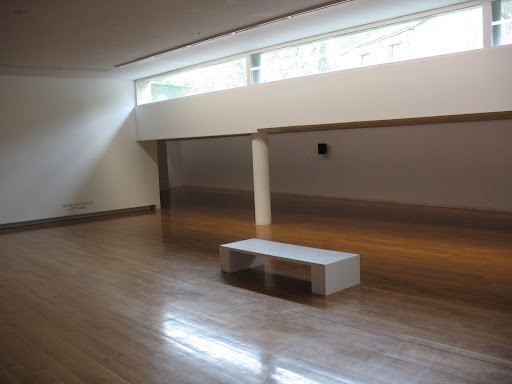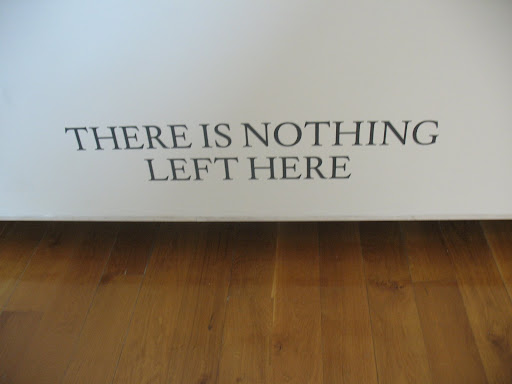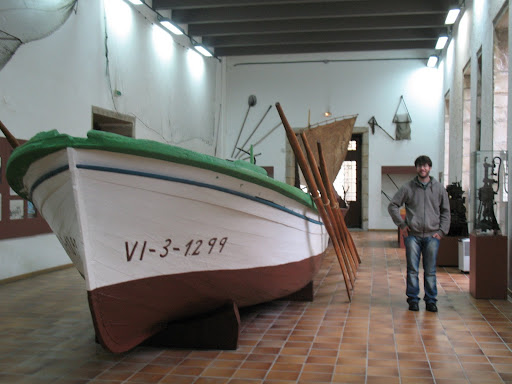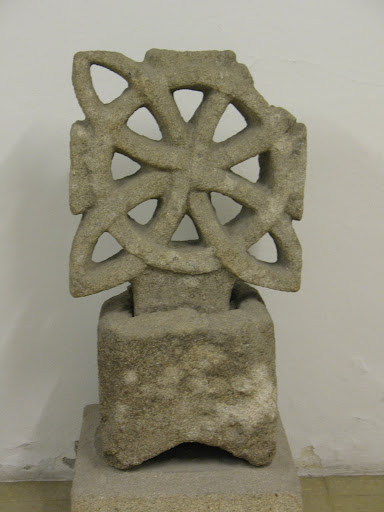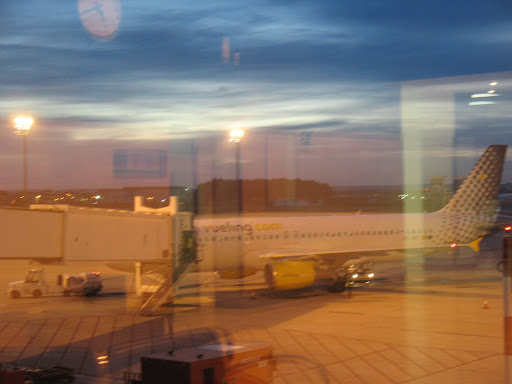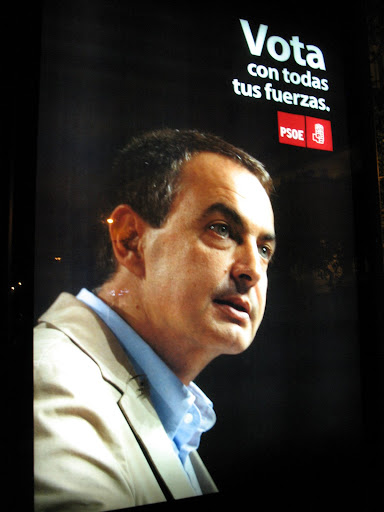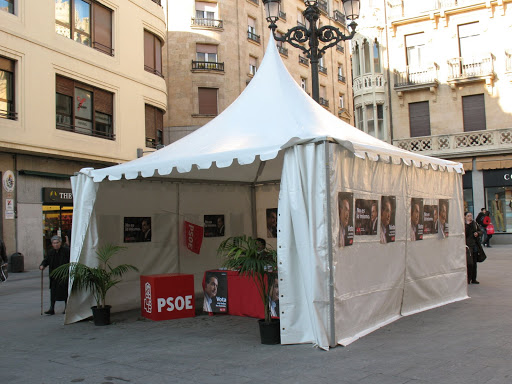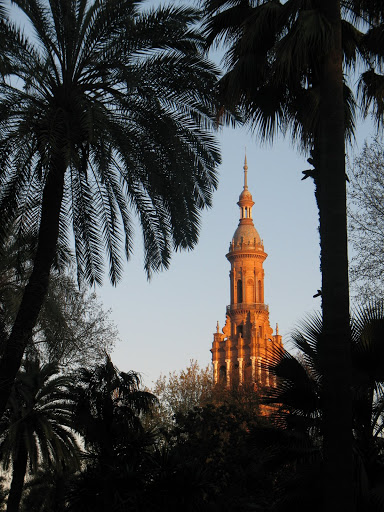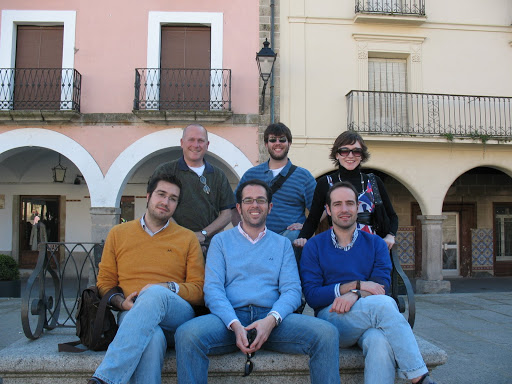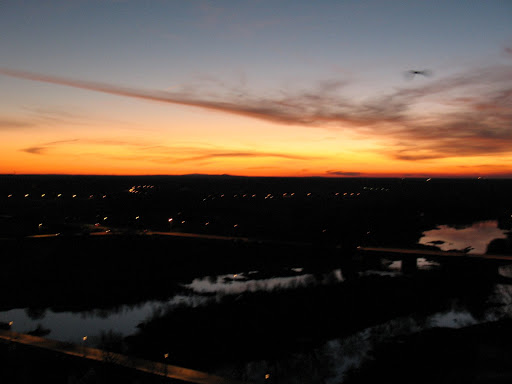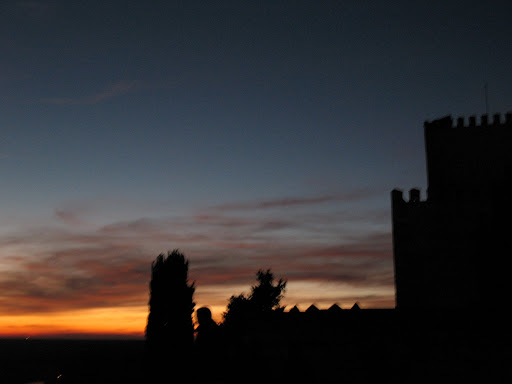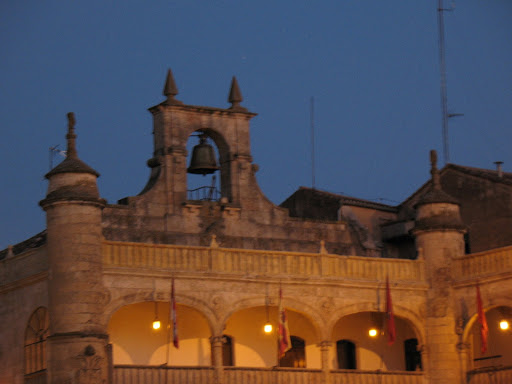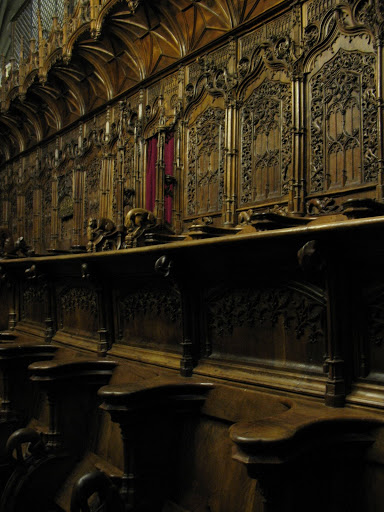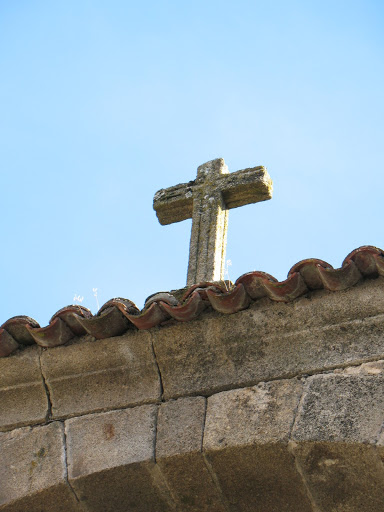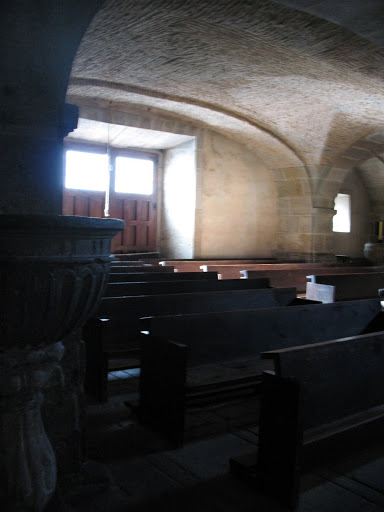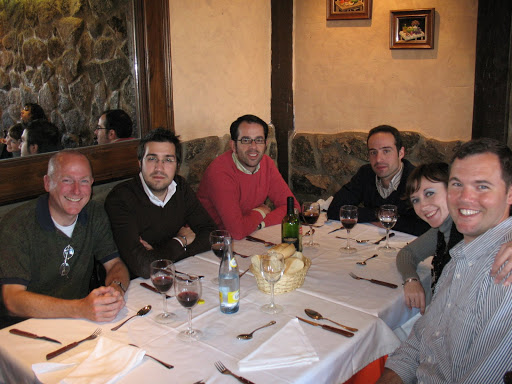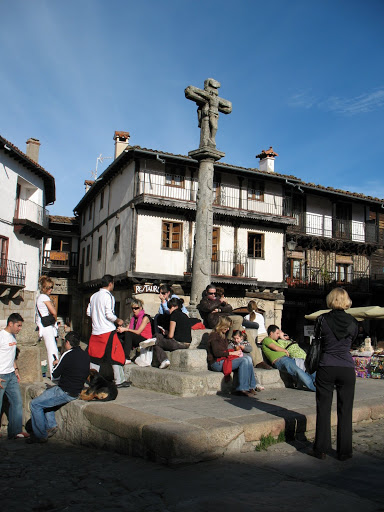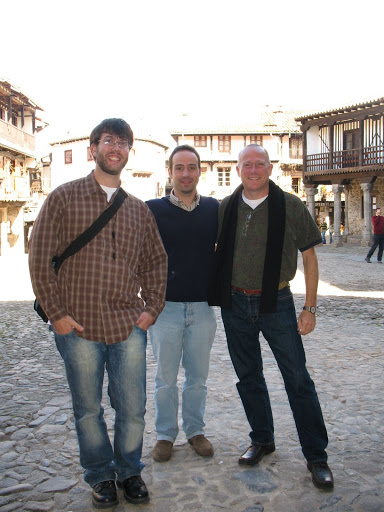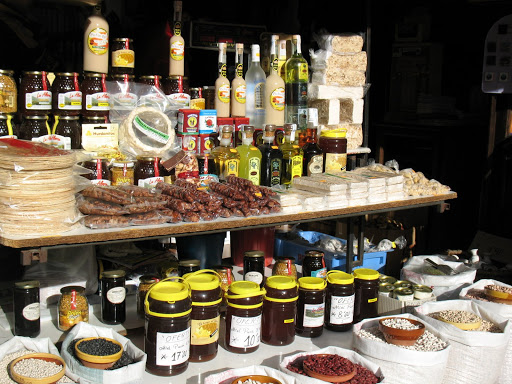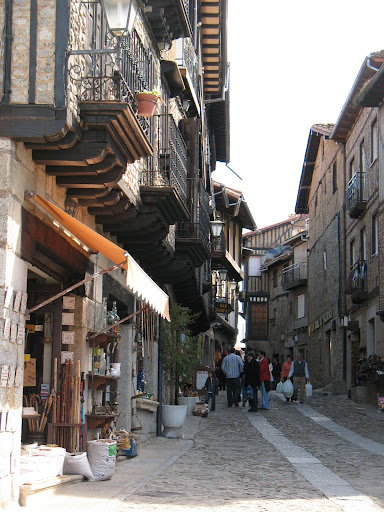
 To end the day, we walked through the Catedral del Apóstol, which has an impressive baroque façade facing the Praza do Obradoiro. When the pilgrims finish their journey, they arrive to take in the lavish architecture of the structure.
To end the day, we walked through the Catedral del Apóstol, which has an impressive baroque façade facing the Praza do Obradoiro. When the pilgrims finish their journey, they arrive to take in the lavish architecture of the structure. The majority of the cathedral was built between 1075 and 1211, in Romanesque style, and then the baroque elements were added later. According to history, Maestro Mateo was the master architect and sculptor in the cathedral-building initiative organized by Fernando II of León during the late 12th century.
